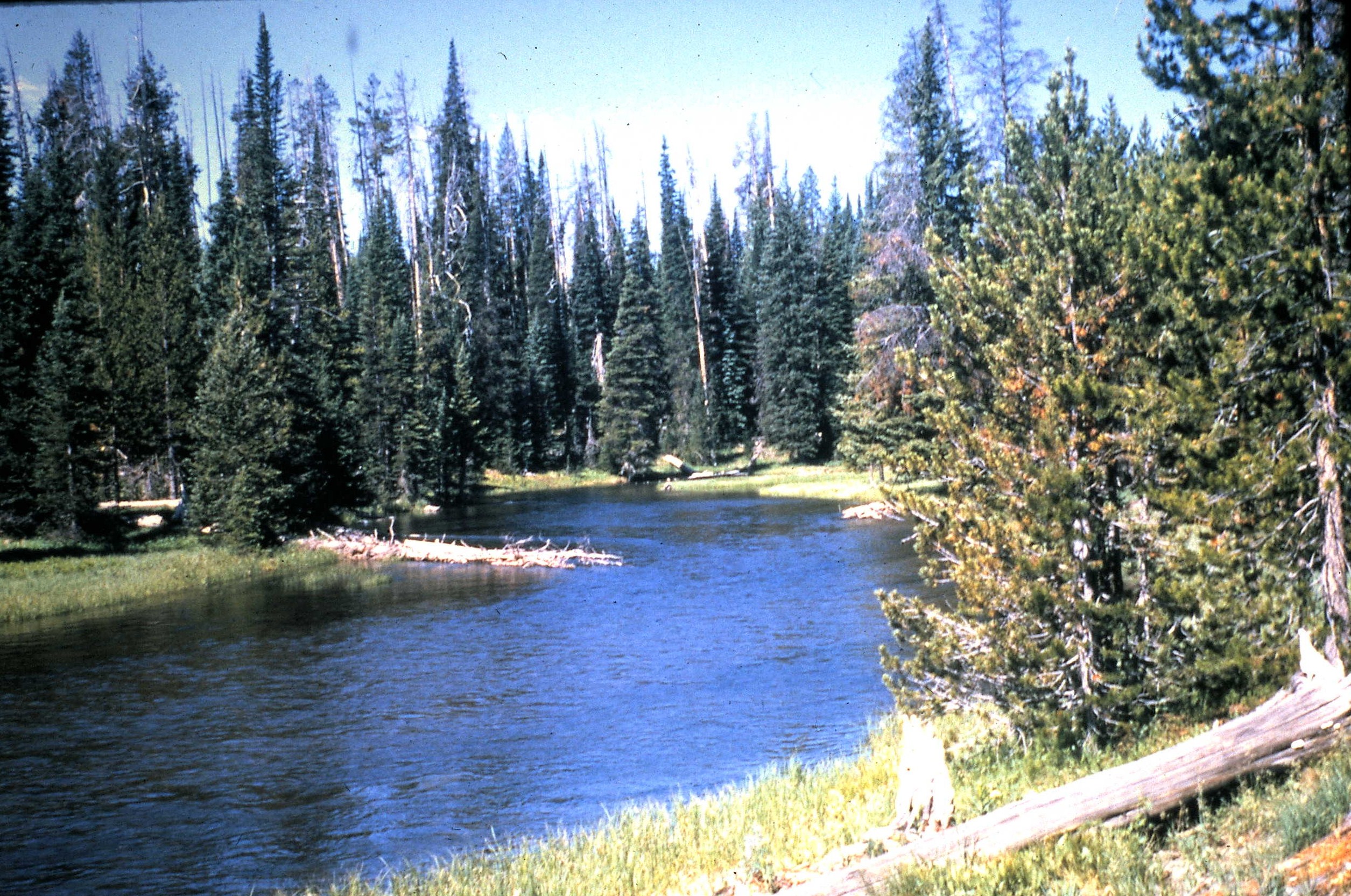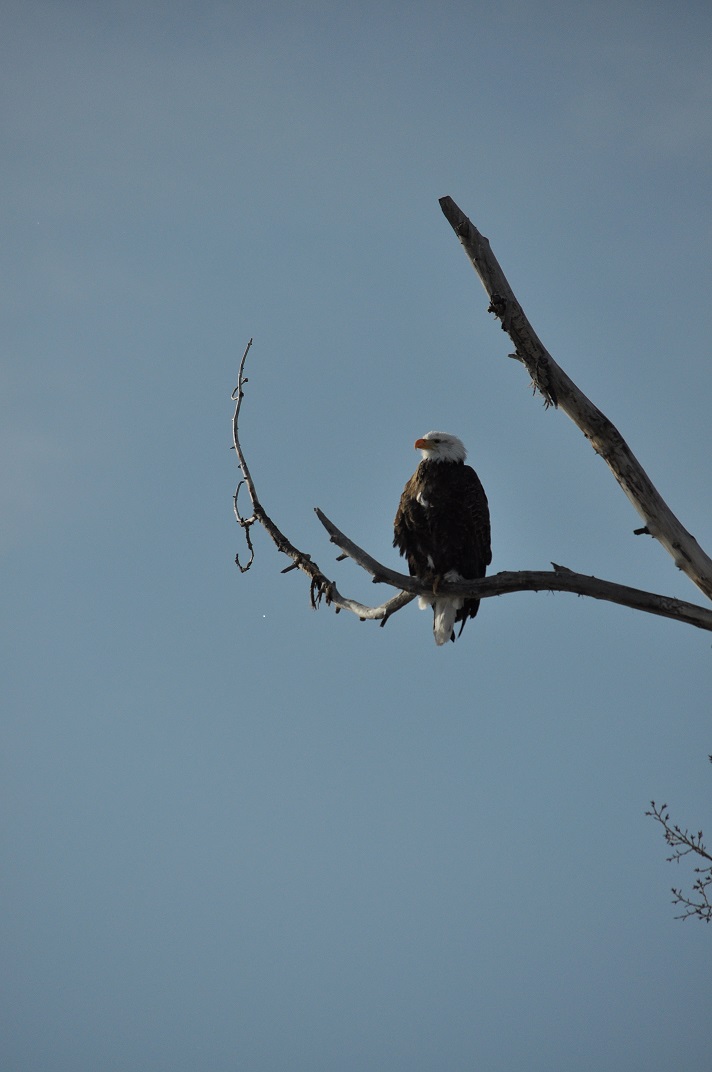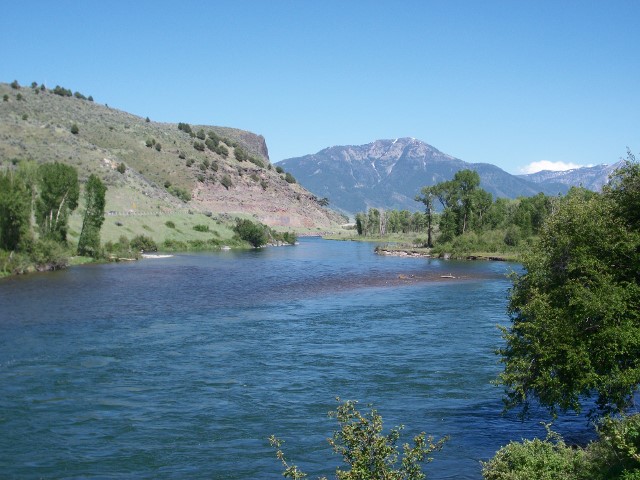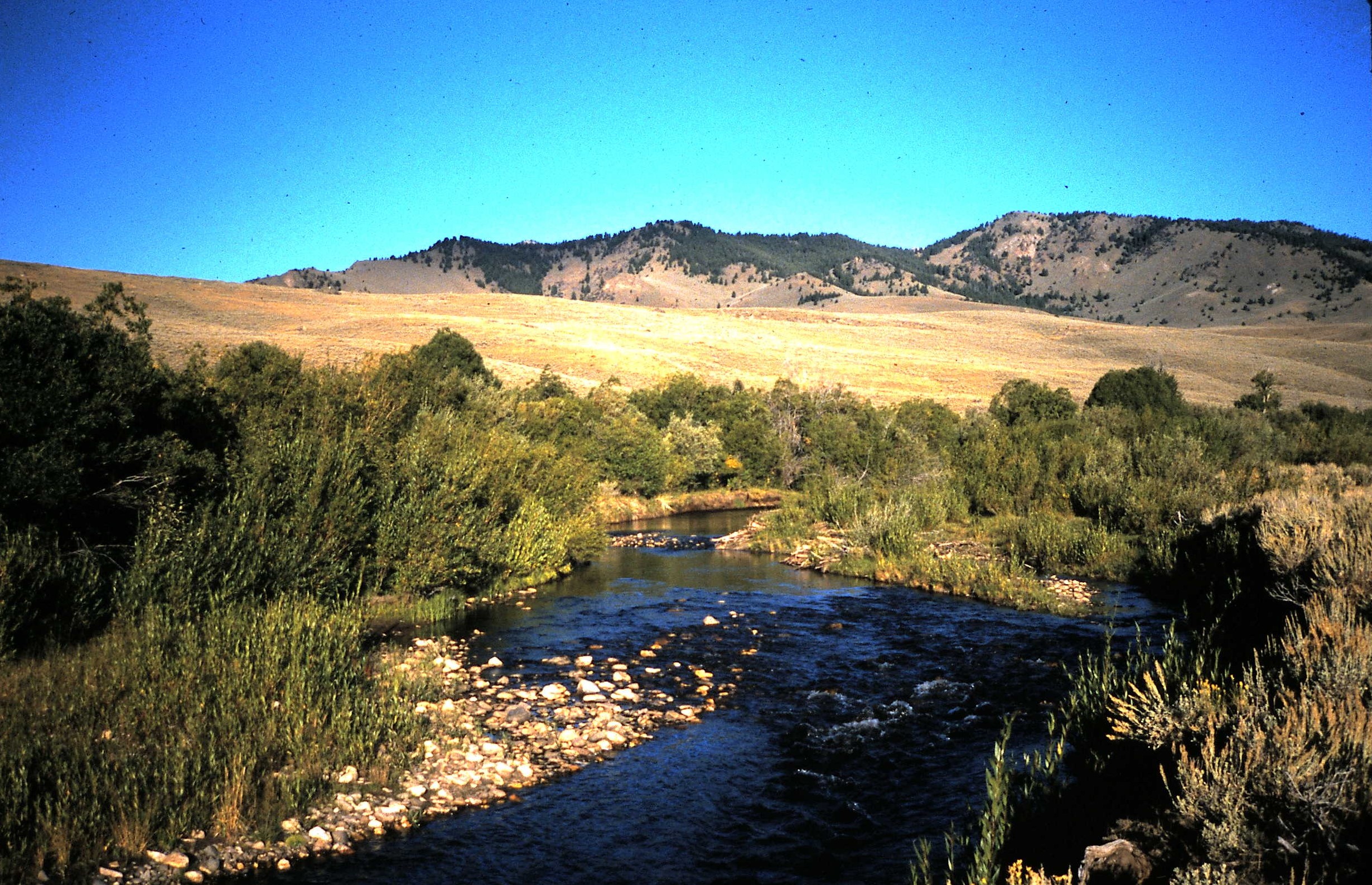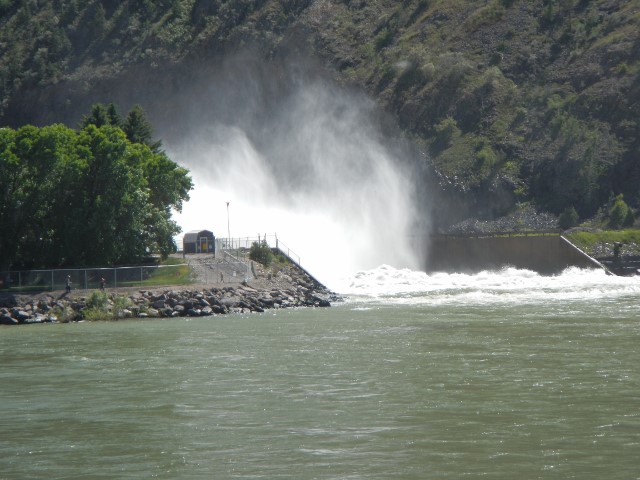Henry’s Fork, July 10th, 2021
Here are excerpts form Rob Van Kirk’s latest Henry’s Fork drainage water report.
Headlines:
- Last week brought slightly cooler temperatures and daily afternoon and evening showers, favoring the Centennial Range and Island Park area.
- Accounting for stream gage shifts, natural flow has stabilized at 49% of average, while diversion has increased slowly to 96% of average.
- At an average outflow of 1364 cfs over the past week, Island Park Reservoir has dropped at a rate of 1,837 ac-ft/day and is 75% full, compared with 90% on average and 71% in 2016.
Details:
Compared with conditions over most of the month of June, the past week brought somewhat cooler and wetter weather. Mean temperature was 5 degrees F above average, and the warmest day of the period—July 3—was still cooler than the warmest day we experienced in the middle of June. Afternoon and evening showers fell every day over the past week, totaling 0.19 inch for the watershed. By comparison, average weekly precipitation during early July is 0.27 inch. Showers were heaviest over the Centennial Range and Island Park, the areas that need it the most. Total precipitation for the water year to date is 76% of average. A few mountain showers aside, hot, dry weather is forecast for the foreseeable future.
The rate of natural streamflow recession has flattened out greatly over the past week. After accounting for apparent stream gage shift at Ashton, natural flow is 49% of average for the watershed: 73% of average at Island Park, 80% of average for the upper Henry’s Fork subwatershed as a whole, 44% of average in Fall River, and 24% of average in Teton River. Watershed-total natural flow since the beginning of the water year is 78% of average. Meanwhile, diversion has dropped slowly over the past few days and was 96% of average yesterday.
At the daily scale, streamflow has stabilized in the lower watershed and has even increased a little in the lower Henry’s Fork. However, short-term fluctuations have occurred over the past few days due to a trip at the Ashton power plant and changes in flow at the Marysville power plant on Fall River. The latter changes were made to accommodate a recreational streamflow requirement in the plant’s bypass reach (Marysville Canal diversion to Kirkham Bridge) that applies over the July 4 weekend.
Aquatic vegetation is growing rapidly in most reaches of the Henry’s Fork, and apparent flows at Island Park, Ashton, and St. Anthony are somewhat higher than actual flows at those locations.
Over the past week, outflow from Island Park Reservoir averaged an approximate 1364 cfs, somewhat lower than indicated by the real-time gage. The reservoir is dropping at a rate of a little over 1800 ac-ft/day and is 75% full, compared with 90% full on average and 71% full in 2016. Storage in the watershed’s three reservoirs is 85% of capacity, compared with 93% on average and 83% in 2016.
Rob Van Kirk, Ph.D.
Senior Scientist
P.O. Box 550
Ashton, ID 83420
208-652-3567 OFFICE
208-881-3407 CELL
208-652-3568 FAX[email protected]
The river below Ashton Dam has warmed to the point that early AMs and evenings provide the best fishing success. The flow into the Flat Ranch preserve has been increased to around 80 cfs which could bring some Henry’s Lake fish into it. The normal procession of may fly emergences is ongoing from Last Chance to Pinehaven and some terrestrila insect are beginning to show and will become maajor food forms for trout as we advance into summer.. .


